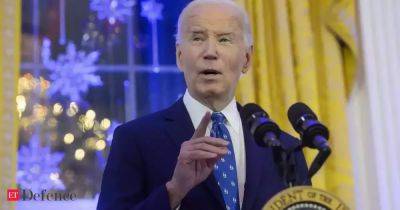India Inc’s interest cover weakens in Q2 amid slowing revenue, profit growth
finance sector, it fell to a seven quarter low of 4.8% in the September quarter. It was 5.7% in the previous quarter and 5.4% in the year-ago quarter. The ratio is calculated as profit before interest and tax (PBIT) divided by interest outgo. It reflects the ease with which a company can cover interest expenses or service debt; a higher ratio is desirable.
“Interest costs have risen sharply year-on-year due to higher (interest) rates and working capital requirements,” said Deepak Jasani, retail research head, HDFC Securities. For the sample, interest cost increased at a three quarter high of 7.2% year-on-year in the three months to September at a time when the aggregate top line growth was at a three quarter low of 4.9% amid lower government expenditure due to elections and flood situations in various parts of the country during the monsoon season. In addition, raw material costs as a percentage of revenue increased to 35.1% from 34% in the year-ago quarter. This affected EBIT, which fell by 4.9% year-on-year. It in turn weakened the interest coverage ratio for the quarter.
While interest rates in the economy have remained firm, aggregate borrowings by companies increased due to higher working capital requirements. Net debt for a sample of BSE 500 companies excluding lenders increased by 13.9% year-on-year to Rs 29.8 lakh crore at the end of September 2024.





















